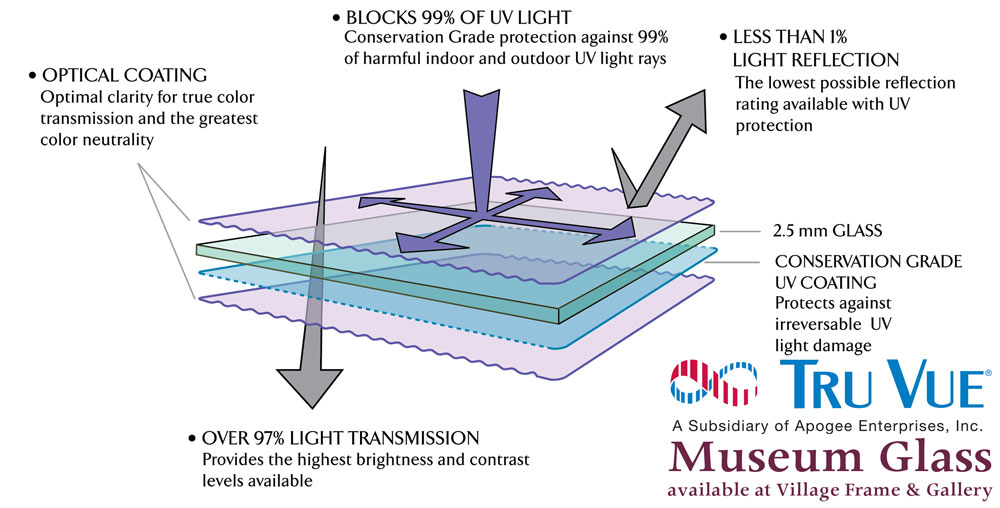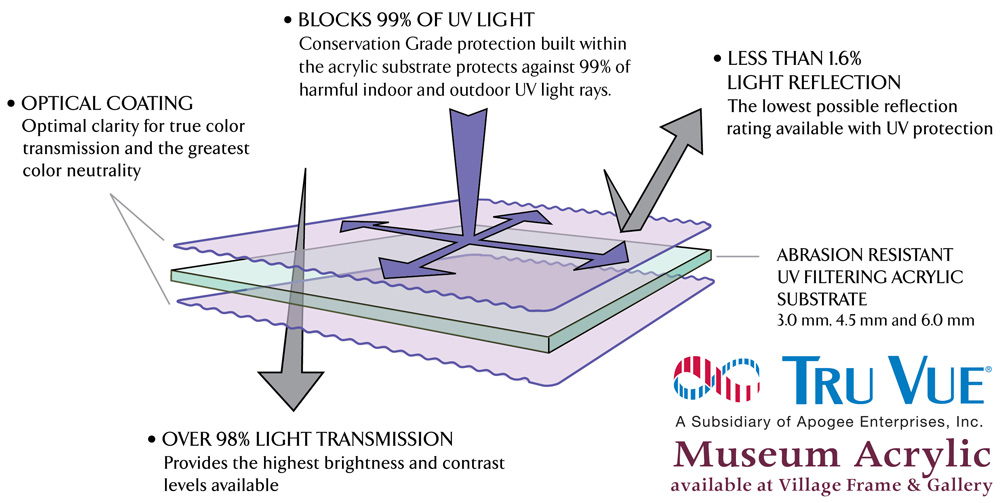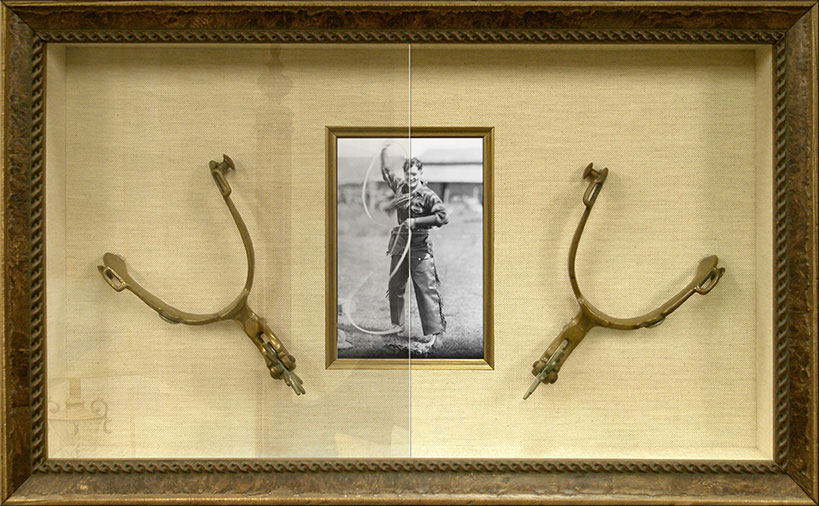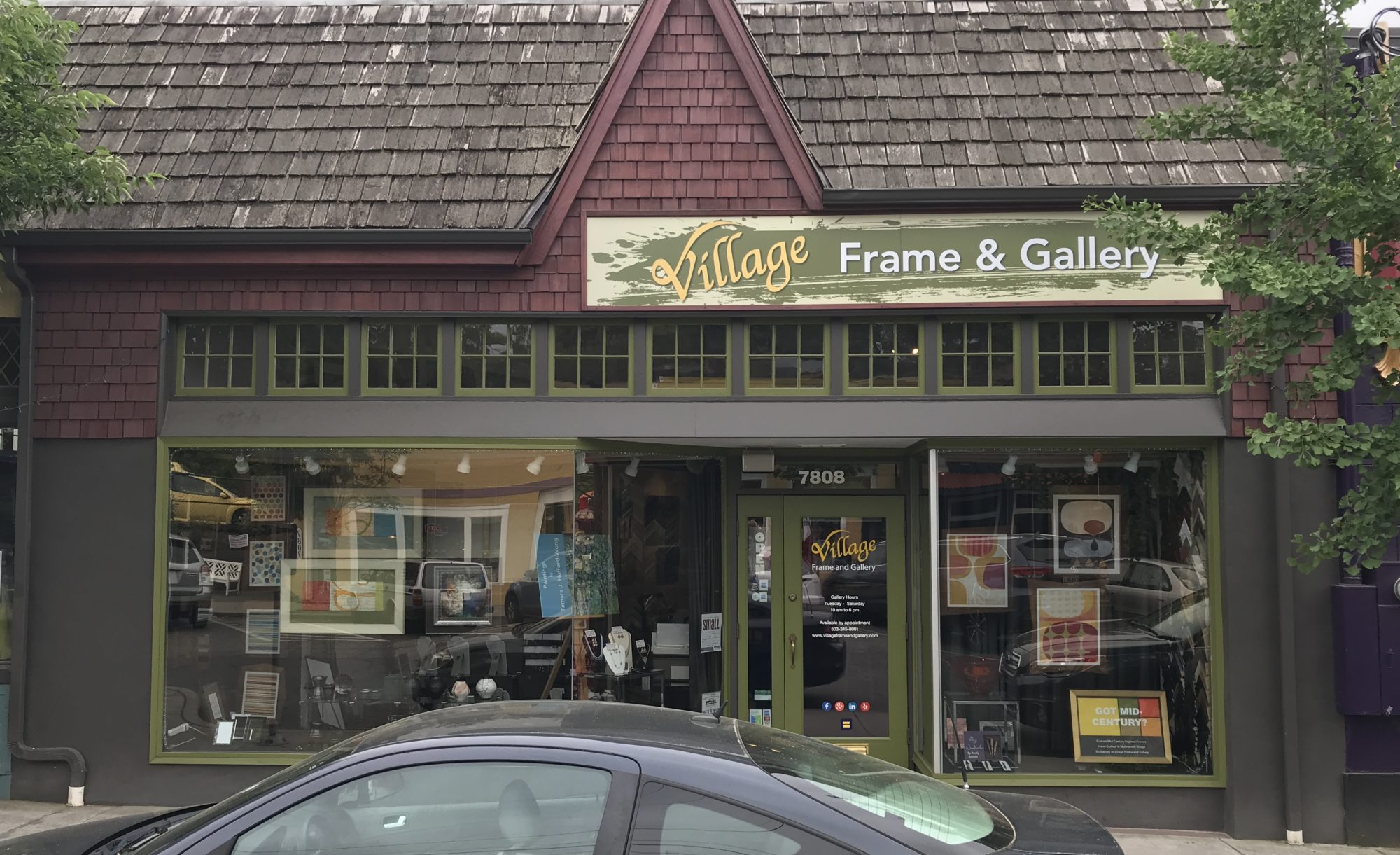How important is your choice of glazing during a framing project? Let’s put it this way, every aspect of your project will be affected by it: cost, weight of the finished piece, amount of protection provided, how the art or keepsake looks after framing, even maintenance. So how do you make the best decisions? A great custom framer and a little knowledge go a long way when you are deciding:
Glass or Acrylic?

Glass is very scratch resistant and does not bow or produce as much static as acrylic. Consider glass when framing:
- Smaller projects that will not become too heavy
- “Loose media” artwork, such as pastels or charcoals which can be damaged by static build-up from acrylic
- Items that may not receive appropriate cleaning techniques required by acrylic

Acrylic is lighter and more shatter-resistant than glass and as optically pure as Museum Glass®, which makes it the right choice if:
- Framing large or heavy items where weight of the finished piece is an issue
- You need to ship the framed artwork or memorabilia
- The art will hang in high traffic areas or children’s rooms where broken glass presents a significant hazard to people or the artwork itself
- You are willing to use special cleaning and maintenance methods to avoid scratching or fogging the glazing
Clear or Anti-Reflective?

Click image to enlarge
Anti-reflective glazing is useful any time glare may prevent you from enjoying your framed pictures or memorabilia. Use anti-reflective glass when:
- Your framed piece will hang in a bright room or opposite windows or lamps
- You are framing an image that is enhanced by a slightly softer focus, such as an impressionist painting
Avoid cheap, low-tech non-glare glass. It will cause your framed items to look fuzzy and distorted.
Clear glazing, which looks like regular glass, works well for:
- Projects that do not require reflection-free viewing
- When you need to balance cost and viewing clarity
Level of Protection?
If you’ve ever worked with a professional framer, you probably know ultraviolet (UV) light is one of the biggest enemies of your pictures and keepsakes. Over time, UV rays break down organic materials, causing your precious treasures to fade, yellow and become brittle. Professional framers use specialty glazing to slow this process.

Click image to enlarge
Museum Grade gives the highest level of protection and offers outstanding clarity. It minimizes glare without affecting the visible light spectrum so the finish is practically invisible. It is also the most expensive option. Use Museum Glass® or Optimum Museum Acrylic® whenever:
- Framing extremely valuable or priceless items or items with a lot of detail
- You want the best presentation possible
Conservation Grade must block at least 97% of UV energy and is available in clear or reflection control finishes. It is an excellent choice if:
- You are framing precious art, keepsakes, or valuable posters, but Museum Glass® is not within your budget
Non-Conservation Grade offers much lower UV protection than higher grades of glazing. Village Frame & Gallery does not carry or recommend this type of glass, but when you are framing items that can be easily replaced, such as inexpensive posters or digital snapshots, non-conservation glass or acrylic is a money-saving option.
Before You Decide, Gaze at Glazing
Bring your artwork or keepsakes to Village Frame & Gallery to see for yourself how the various types of glazing will affect their appearance. Viewing the items behind glass and acrylic samples can reveal subtle, sometimes surprising, enhancements or distractions you will want to consider before making your final choice.
In addition, we can help you make decisions about design, frame styles, matting, backing and mounting materials to create a spectacular finished product you are proud to display in your home or office.
Stop in during our regular business hours or call 503-245-8001 for an appointment or in-home consultation.

Another better way of deciding is to have several samples of different glass and put them up against each other or position them how your artwork would be displayed. By putting them side by side, you will be able to clearly see the difference in quality. Thanks for the info!